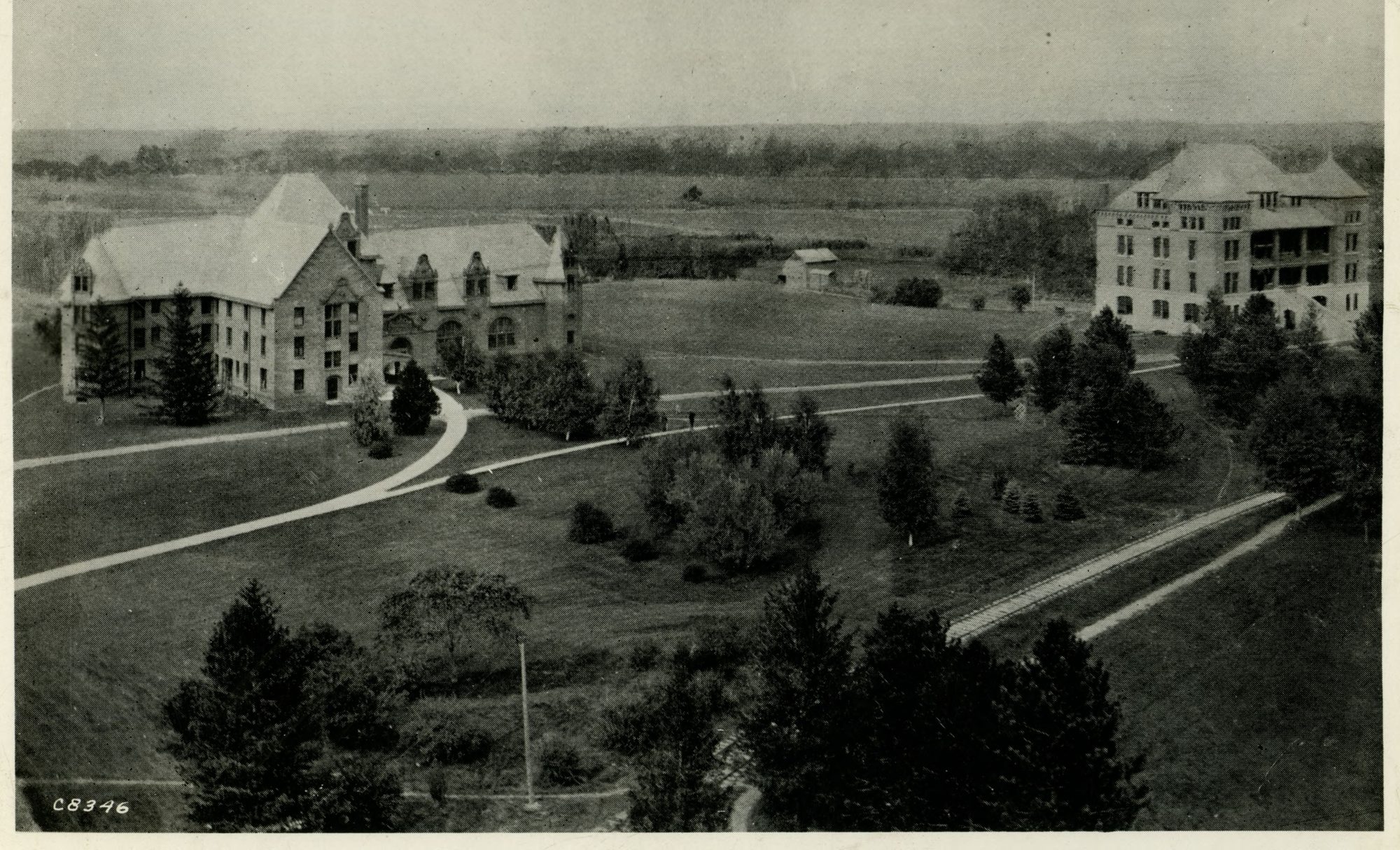One of the things I do as a processing archivist is assign projects or components of processing projects to students. That means detailed instructions, and sometimes it means special equipment, and very often it means explaining technologies or objects which became obsolescent years before students were even born.
A collection I’m working on includes a number of audio cassette tapes. Best practice is to keep tapes like this wound (all the tape on one reel) for storage, but the tapes came to us in various states– none actually unspooled, but many of them somewhere in the middle or toward one end of the tape, as if they’d been stopped and ejected without being rewound. That’s probably exactly what happened, in fact. One of the problems with magnetic tape is that it degrades every time it’s played, and that it’s just kind of fragile as a material: therefore, in consultation with our conservator in Preservation, rather than get out a tape player (operational status: unknown, appetite for eating tapes: unknown) and use it to wind the tapes, a manual tape winder was procured. From where, I did not ask explicitly.


The manual tape winder is a goofy little device with one purpose and one purpose alone: to be a slightly more regulated version of sticking a pencil into one reel of a cassette and turning it. It’s fairly straightforward in operation, it even has a little arrow indicating which direction one is meant to turn its little handle.
Unfortunately, just handing that and a box of tapes to someone born this century is not a recipe for success.
And so, the solution: technical writing. A description of the object and a set of instructions on how to use it, with minimal assumptions about the knowledge of the end user (in this case: can read English, has ordinary color perception, has the use of both hands). The thing about good technical writing of this type, because it does make the minimum number of assumptions of its audience, and because it must be exhaustively descriptive, is that it often comes across like it was written by someone who has not in fact spent a day on this planet. Frankly, even very good basic-instructions technical writing reads like a VCR manual written by and for aliens of two different species.
Personally, I found it an interesting challenge, and I think the results are, in their own way, hilarious.
"The tape winder has two spindles, one blue and hexagonal, one black and round. The blue hexagonal spindle is rotated by the action of the handle. The black round spindle holds the winder in place, as does the detachable blue arm on the back of the winder. On the front of the winder is the winding handle, and the label with red arrows indicating the direction in which the handle should be turned.
Cassettes should be wound until all the tape is on one reel. It does not matter which.
Rotate the blue arm away from the body of the tape winder, until it points far enough down that you can align a cassette with the spindles. The cassette should go "downwards" onto the winder: that is, with the closed long edge of the cassette resting on the attachment point for the blue arm, and the exposed section of tape on the open long edge of the cassette visible above the top of the winder.
Slot the blue hexagonal and black round spindles into the reels of the cassette, with the long closed edge of the cassette resting on the attachment point for the blue arm. The hexagonal spindle may need to be turned slightly so that it aligns properly and goes into the reel. Once the spindles are in the reels, rotate the blue arm upward until it points between the spindles, holding the cassette into the winder. This will generally result in the blue arm being at a slight angle, partially covering the viewing window on the cassette.
Holding the cassette by the short edges, rotate the winding handle in the direction indicated by the red arrows until all the tape is on one reel, exposing the clear or otherwise non-recorded end section of the tape in the tape-reading area of the open long edge.
Rotate the handle smoothly and at a moderate pace: it matters more that the tape is wound securely and without damage than that it be done quickly. You may find it helpful to brace one knuckle on the blue arm holding the cassette into the winder, although as long as the arm is in position between the reels it should be sufficient to hold the cassette in place.
Once all the tape is wound onto one reel of the cassette, return the cassette to its case. Removal of the cassette is the opposite of installation: rotate the blue arm down and away, and then allow the tape winder to come free of the cassette reels."
